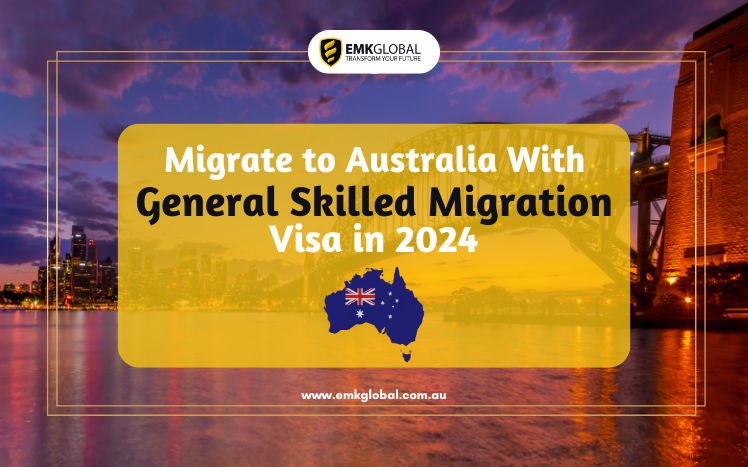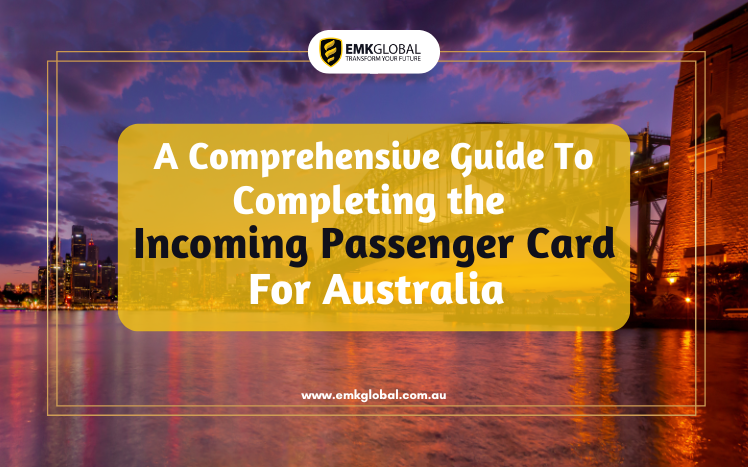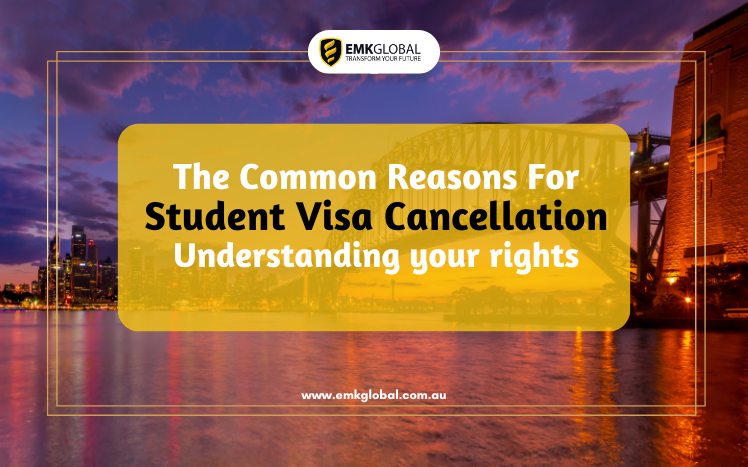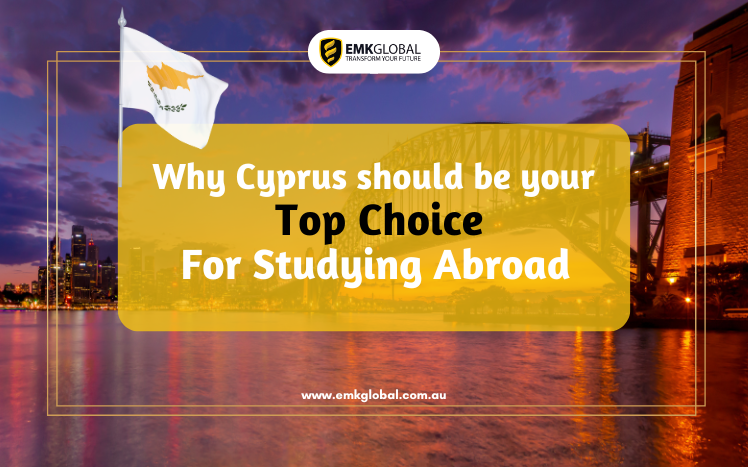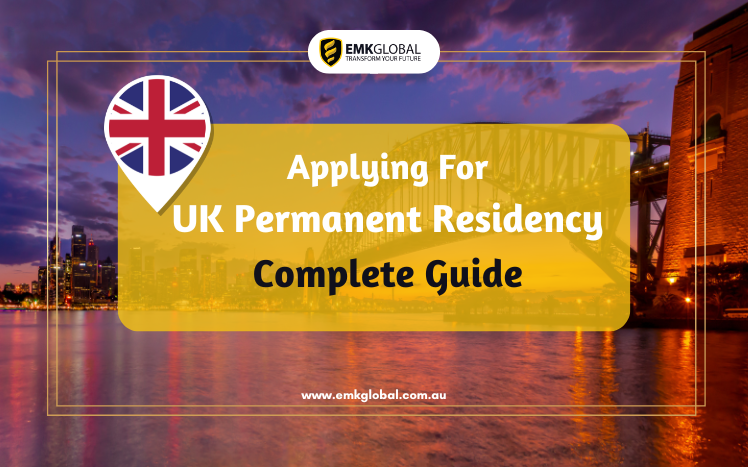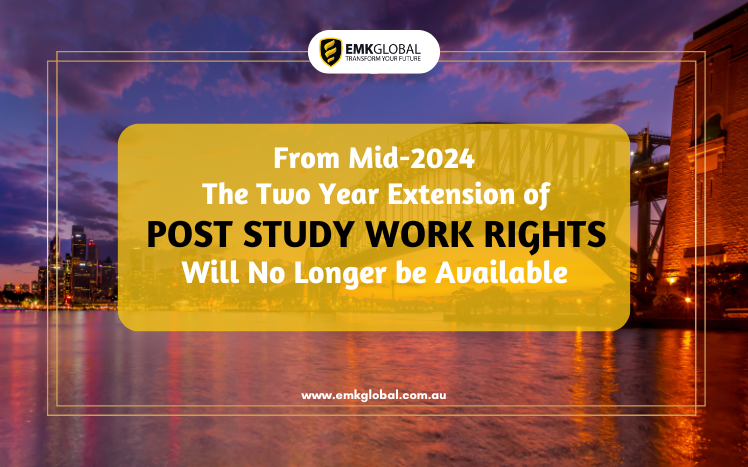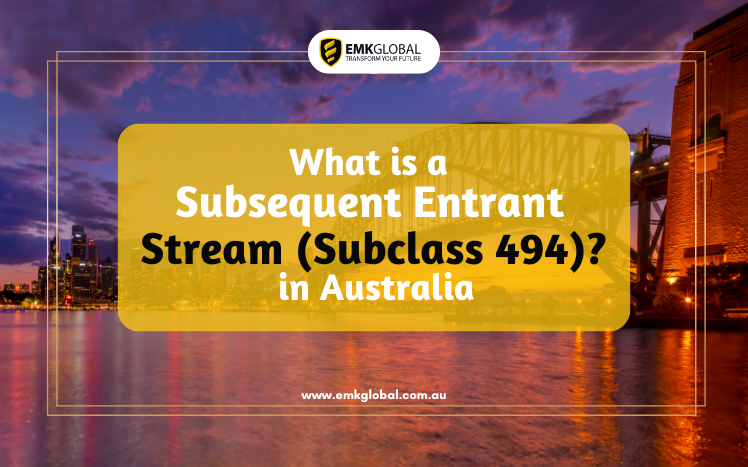Introduction
The Australian Skilled Migration Program is a pathway designed by the Australian Government to attract skilled individuals who can contribute to the country’s economy and fill skill gaps in various sectors. This article will guide you through the process of applying for an Australian Skilled Migration Visa in 2024, including eligibility criteria, visa types, application steps, and associated costs.
Understanding Australian Skilled Migration Visa
An Australian Skilled Migration Visa allows skilled workers to live, work, and potentially gain permanent residency in Australia for up to five years. The visa operates under a points-based system, where applicants must score a minimum of 65 points to qualify.
Types of Australian Skilled Migration Visa
- Skilled Independent Visa (subclass 189): A permanent visa for skilled workers not sponsored by Australian employers.
- Skilled Nominated Visa (subclass 190): Allows skilled professionals nominated by Australian states or territories to gain permanent residency.
- Skilled Work Regional Provisional Visa (subclass 491): Designed for skilled workers willing to work in regional Australia.
Eligibility Criteria
To qualify for an Australian Skilled Migration Visa in 2024, applicants must meet specific requirements:
- Occupation listed in Australia’s Skilled Occupation List (SOL)
- Proficiency in English language
- Positive skills assessment from recognized Australian authorities
- Minimum score of 65 points based on age, skills, qualifications, and work experience
- Meeting health and character requirements set by the Department of Home Affairs
Application Process
- Check Eligibility: Determine eligibility for a specific visa stream.
- Skills Assessment: Obtain a positive skills assessment relevant to the nominated occupation.
- Expression of Interest (EOI): Submit an EOI through SkillSelect.
- Invitation to Apply: Wait for an invitation from the Department of Home Affairs based on your points score.
- Submit Application: Fill out the application form and attach necessary documents.
Fee Costs
The fee for an Australian Skilled Migration Visa varies based on the subclass and additional charges:
- Subclass 189: AUD 4,640 for the primary applicant, AUD 2,320 for additional applicants
- Subclass 190: Same fee structure as Subclass 189
- Subclass 491: Similar fee structure as Subclass 189
Additional charges may apply for English language tests, skills assessments, medical examinations, and police clearance certificates.
Conclusion
Navigating the Australian Skilled Migration Visa process requires careful attention to eligibility, documentation, and fees. By understanding the criteria and following the steps outlined, you can increase your chances of a successful visa application and embark on a new journey in Australia.
FAQs
- Can I apply for multiple types of Australian Skilled Migration Visas simultaneously?
- No, you can only apply for one type of visa at a time.
- Is there an age limit for applying for these visas?
- No, but age factors into the points calculation.
- Do I need a job offer to apply for these visas?
- Not necessarily, but it can add points to your application.
- What happens if my points score is below 65?
- You will not qualify for the visa and may need to reevaluate your eligibility.
- Can family members be included in my visa application?
- Yes, certain visas allow for including family members in the application.


